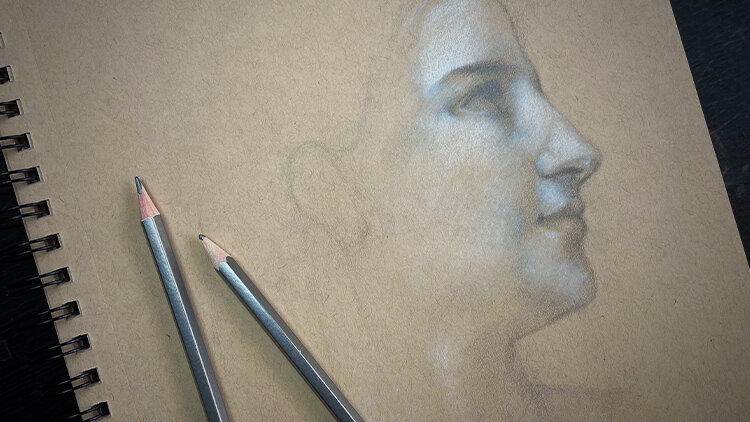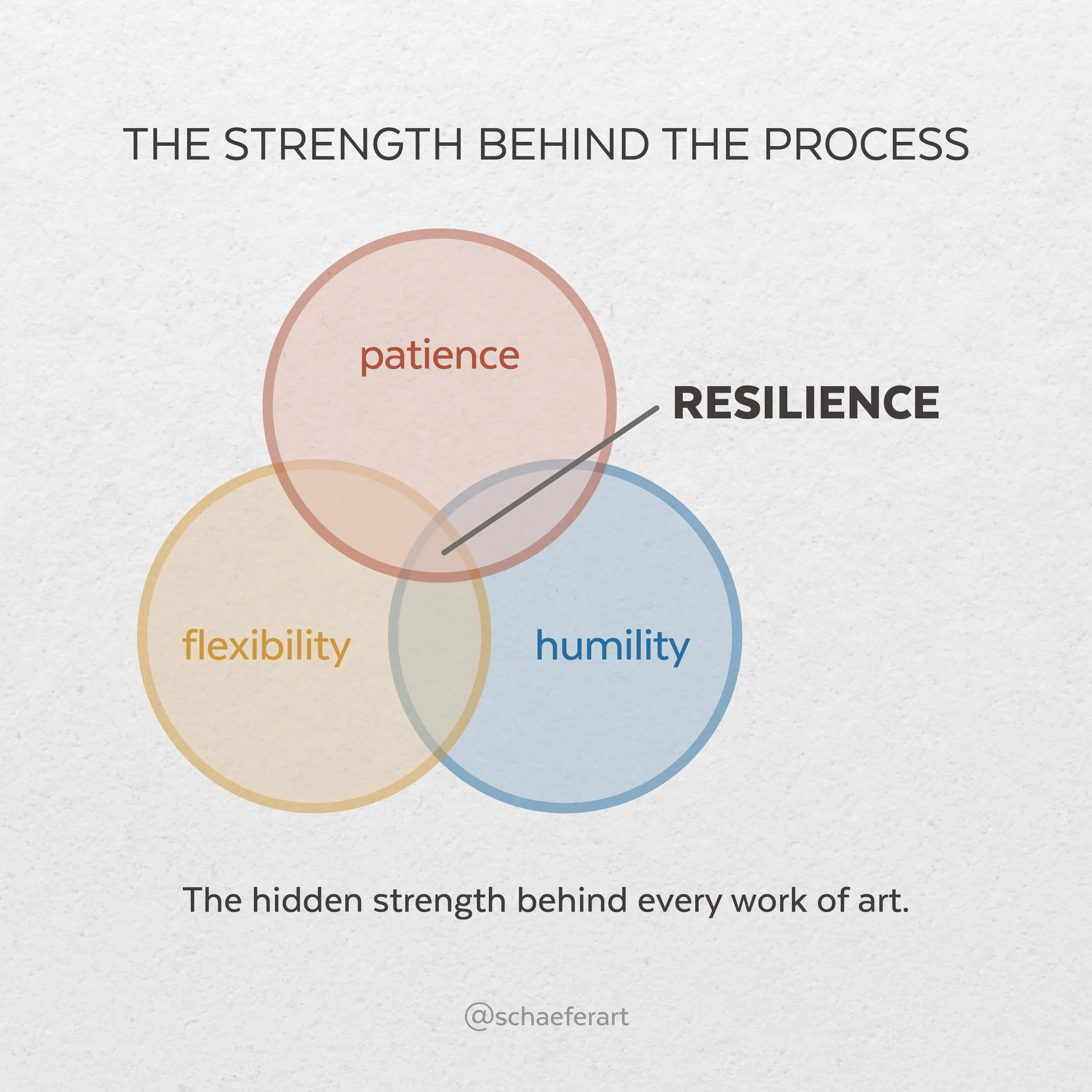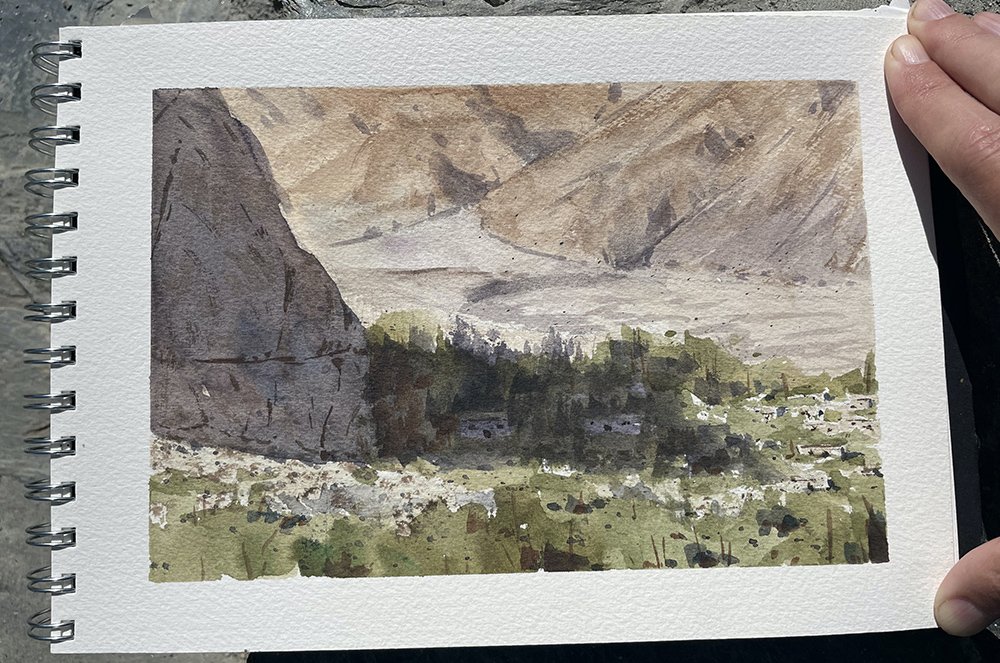9 Ways to Make Money as an Artist
Have you ever wondered how to make money as an artist? If so, you're not alone. Even the most prestigious Fine Art colleges in the world tend to forget to teach their art students this little important bit of information. Why is it that there doesn't seem to be a clear path or way for artists to make a living nowadays?
I’ve realized that every artist is different and is drawn to different things. I love to document what I do and create interesting videos. The next artist might hate making videos or find it boring or unnecessary. This would lead us both down different paths of income.
So, this is my current list of sources of income as an artist. I’m not currently making a living from these yet. This is just a side-hustle for me at the time of writing this but I’m hoping that most of these will build out into full income sources that grow over time. In no particular order:
YouTube
For many years now, one of my main sources of income has been my YouTube channel. I've always enjoyed documenting my journey as an artist and it has been a crucial step for seeing my own growth. Staying consistent has helped me to build a solid channel. I currently have 570,000 subscribers and 29.7 million views at the time of writing this.
With the ability to monetize my videos, I have been able to invest a little in my business as well. To be honest, when I first started YouTube, all the money I made for the first 2 to 3 years paid off my student loan debts (luckily I didn’t have a lot).
Paintings / Drawing Sales
Selling art is a challenging and perplexing task to undertake but also rewarding too. After painting for a few years I never thought my art was "good enough". I was always pushing myself to improve the quality. So, for the first 6 or so years of painting and drawing, I never sold much, to be honest. And when I did sell something, I didn't make a lot of money from it.
But in the past 2 years, I've made more from selling drawings and paintings than I ever have. One of the most important things I've learned for selling my art is that building an audience is critical. It sounds quite stupid when I write it out like that. We all know an audience is necessary, but it's overlooked too often.
If you're creating art and posting it, but nothing is selling, try pushing it out through other avenues. Build up your social media audience and email newsletter.
Amazon Affiliate
Affiliates are a great way to promote products you use and believe in and get paid for it. I've been using Amazon to make money for 5 years now, and even though I don't make a lot from it, it has a lot potential. Every little bit counts when you're trying to make a living from your business and get it off the ground.
This source of income is mostly connected to my YouTube channel. I'm able link to products I use or recommend in the description or in pinned comments.
A list like this one:
White Uniball Pens: https://amzn.to/31ZCc6E
White Gelly Roll Pens: https://amzn.to/2Y7Y9gf
Micron 05 Pens: https://amzn.to/3copil5
Paper: https://amzn.to/3ev8Bq4
Pencils: https://amzn.to/3ersVZg
Eraser: https://amzn.to/2KcajOS
I also link to products within blog posts I write as well but my blog isn't as well-known or big as my YouTube channel yet. For every sale made through a link I post, I get about 4-5% of the total sale. So if someone buys a $10 drawing kit through my links, I get about $0.40. Not a lot of money but this can add up over a few months.
This can become substantial income depending on what things get purchased through my links. Don't underestimate this source of income for your art business.
Private Lessons
I started doing private lessons a few years ago when I was still doing oil painting as my main means of creating art. I didn't have many students at all, and I was traveling to the students to teach them at their house or studio. This gave me experience with teaching and grew my confidence for lessons in the future. Every class or lesson I had was another learning experience for me and I continued to improve my methods.
Last year in 2020, I began teaching drawing over Zoom or Skype 1-on-1. I did this for many months and felt it to be beneficial for both the student and myself. I currently do not do 1-on-1 private lessons but soon I will begin Weekly Zoom Group Drawing Lessons. The reason I'm doing group lessons is because I recently experienced their benefits.
Earlier this year, I launched The Intuitive Drawing Course and it was inspiring and motivating to all the students to be in a group setting. Learning this way gives you much more determination and encouragement from others. You're more likely to do something if you're held accountable by others.
Sponsorships
This source of income also ties back into my YouTube channel and videos but Sponsorships can come in many forms. For my case, I'm referring to sponsored videos. I haven't had many sponsorship opportunities but Skillshare is my main one currently. This is an area of my income that will no doubt grow as my YouTube and viewership grows in the future.
Courses & Lesson Videos
In the past I made a few different lessons videos and sold them for a small period of time. I didn't make much money from them because I didn't know what I was doing. The marketing and promoting aspect of business is quite important for success.
Earlier this year, I created The Intuitive Drawing Course. These series of videos are the most successful lesson videos for sale I've ever released. This course is also the most comprehensive set of videos I have on drawing and how to learn to draw from scratch. In the future, I may also expand or update some of the videos in this course as well.
Merchandise
There are some areas of my income that definitely need more attention. This one has a lot of potential but juggling different sources of income is challenging. So even if this one doesn't generate a ton of money yet, the structure is there and ready to go. Merchandise can be a big part of your brand as an artist and a way to have others promote your brand and pay you to do it.
Music
Music has always been a big part of my life and I've actually been making music longer than I've been painting! I played around with music-making on my PS2 when I was 13 or 14, before I even had a computer. I made a video about it here if you're interested in my music journey: https://youtu.be/ZGu3vK-VE_A
This source of income also doesn't generate a lot but it does help. It's a different way for me to express my creativity and impact others in an unexpected way. I will always make music, but I doubt it will ever be a main source of income like painting or drawing. It's something a bit more personal for me.
Subscribe to my Music YouTube Channel here: SchaeferArt Music YouTube Channel
Patreon / Donations
The last way I make money as an artist is from my supporters and audience. Those who appreciate the value I bring through all my content can easily donate to me. I know most people tend to shy away from asking for donations or having a Patreon page. It is something I struggled with over the years but I've realized that I'm not forcing anyone to do anything.
The option is available for those who would like to do it and I'm forever grateful for their support. It motivates me to keep going and makes me want to keep providing more value.
My goal is to create, help, motivate, inspire and share with others. Don't let the opinions or thoughts of others stop you from doing what you want to do :)
Other Ways?
These are the ways I currently make income for my art business, but I’m always looking at new ideas and expanding what I do. As long as it makes sense for me to do it and isn’t more trouble than it’s worth.
What are some ways you’ve made income as an artist? Other ways you’ve seen artists make a living? I’d love to hear from you in the comments below :)

I am an artist, writer, and instructor. As a previous graphic designer for a healthcare management business, I now teach drawing, painting, and discovering your passion with art.
When You’re Ready, Here’s How I Can Help You:

Unlock your artistic potential and learn to draw with confidence using the Intuitive Drawing method. From your first sketch to creating realistic drawings and subjects.

















